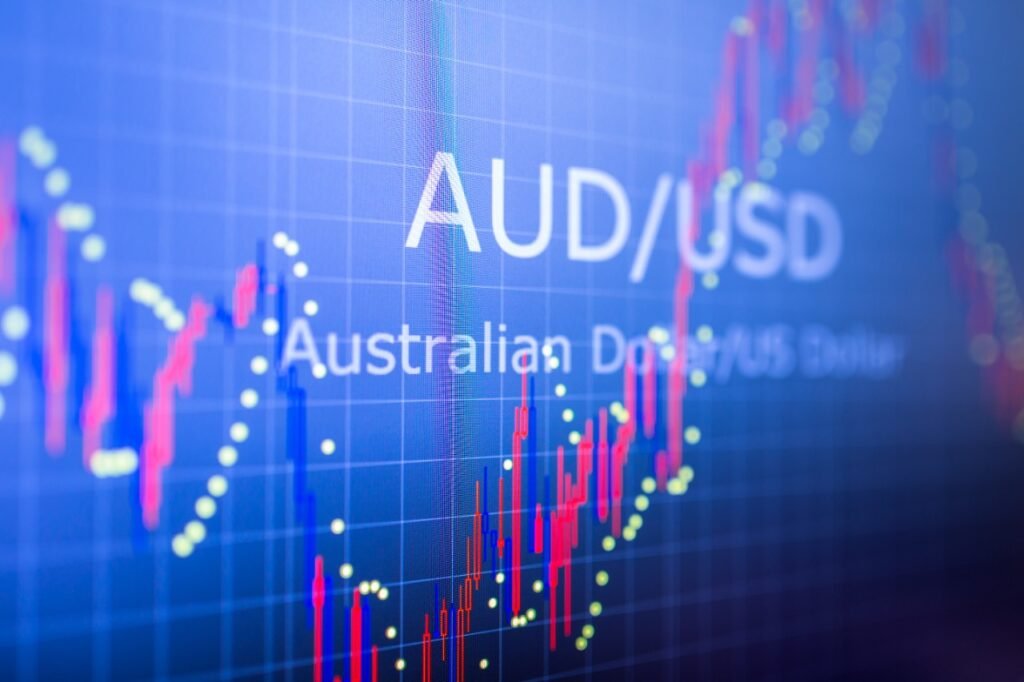Trade tensions impact AUD/USD
AUD/USD finished lower last week at 0.6473 (-1.95%) marking its largest weekly fall since the selloff into the Liberation Day April low of 0.5912.
Most of last week’s decline occurred on Friday, following United States (US) President Trump’s threat of a ‘massive increase’ in tariffs on Chinese imports – potentially up to 100% on all goods from 1 November – which sparked a sharp selloff in risk assets, including US equities and AUD/USD. Trump’s threat was in retaliation for China’s expanded export controls on rare earth minerals, crucial for semiconductors, electric vehicles (EVs), and defence technology.
AUD/USD’s selloff accelerated yesterday as it hit a seven-week low of 0.6440 after both the US and China moved to impose reciprocal port fees on ocean shippers, sparking another round of risk aversion flows in key foreign exchange (FX) and stock markets.
Support and rebound prospects
From the 0.6440 low, AUD/USD has since found support after calming steps by both sides, with United States Trade Representative (USTR) Jamieson Greer stating that the meeting between President Trump and President Xi later this month remains on schedule.
The rebound in AUD/USD was also supported by dovish comments from Federal Reserve (Fed) Chair Powell overnight, who reinforced expectations of a potential October rate cut from the Fed and said balance sheet runoff will likely end ‘in coming months.’
AUD/USD’s next move will likely be heavily influenced by tomorrow’s Australian labour force report (previewed below).
Labour force update
Date: Thursday, 16 October at 11.30am AEST
For August, employment in Australia fell by 5,400 jobs, missing the 20,000 gain the market expected. The unemployment rate remained at 4.2%, supported by a fall in the participation rate from 67.0% to 66.8%.
Sean Crick, Head of Labour Statistics at the Australian Bureau of Statistics (ABS), noted: ‘Employment dropped by 5000 people, and the number of unemployed decreased by 1000 in August. This kept the unemployment rate steady at 4.2% while the participation rate fell by 0.1 percentage points to 66.8%. Hours worked also declined by 0.4%, driven by fewer people working full-time hours this month.’
The consensus for September is for a 20,000 rise in jobs, the unemployment rate to rise to 4.3%, and the participation rate to hold steady at 66.8%.
Numbers in line with this would likely keep the door open for a 25 basis point (bp) rate cut at the Reserve Bank of Australia’s (RBA) next Board meeting on 4 November, pending the release of a tepid third quarter (Q3) inflation report due in two weeks’ time.







